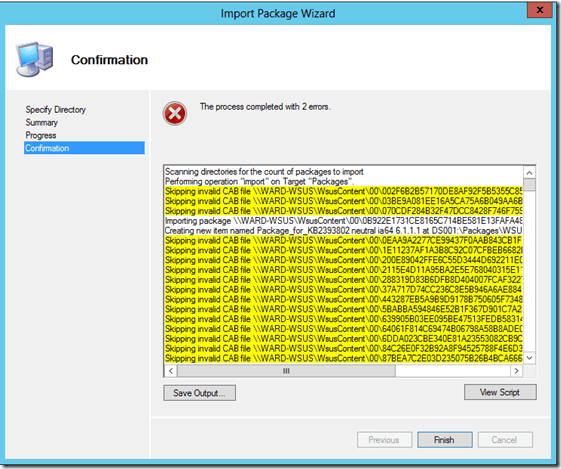When you create a reference Image it will in most cases it will be updated with patches. That will make the image bigger and bigger and there fore the deployment of that image will take longer and consume more network resources & unneeded disk space. That can be corrected by getting rid of superseded patches, junk, temp files and much more.
The Solution
Since MDT is the preferred method to create reference images you can download the script, import it as an application and then run the application just before the Sysprep and Capture step. The Script works for the following versions of Windows:
- Windows 7 SP1
- Windows 8
- Windows 8.1 Update
- Windows Server 2008 2 SP1
- Windows Server 2012
- Windows Server 2012 R2
To make this work in Windows 7 and Windows Server 2008 R2 you need to add a hotfix to Packages in MDT. http://support.microsoft.com/kb/2852386
Download the script
Download the script from here: Mirror Mirror 2
Action-CleanupBeforeSysprep Application
Created a Group Clean.
Add install a application –> Action-CleanUpBeforeSysprep
Restart Computer (Very Important) without it will not work













